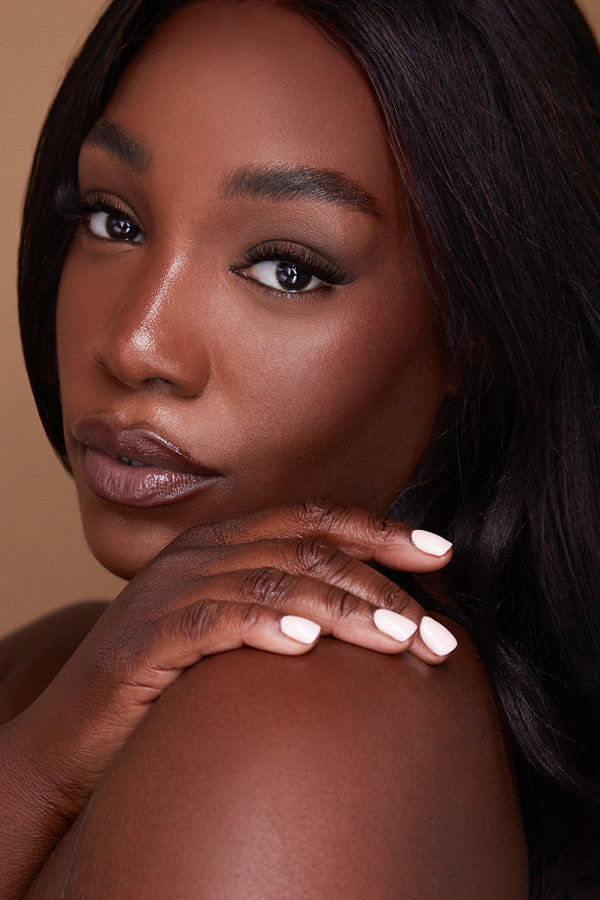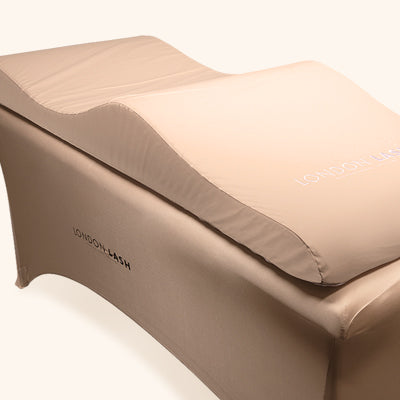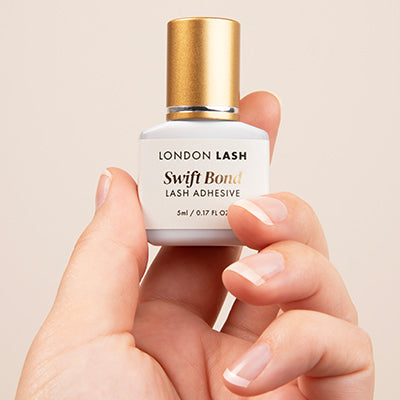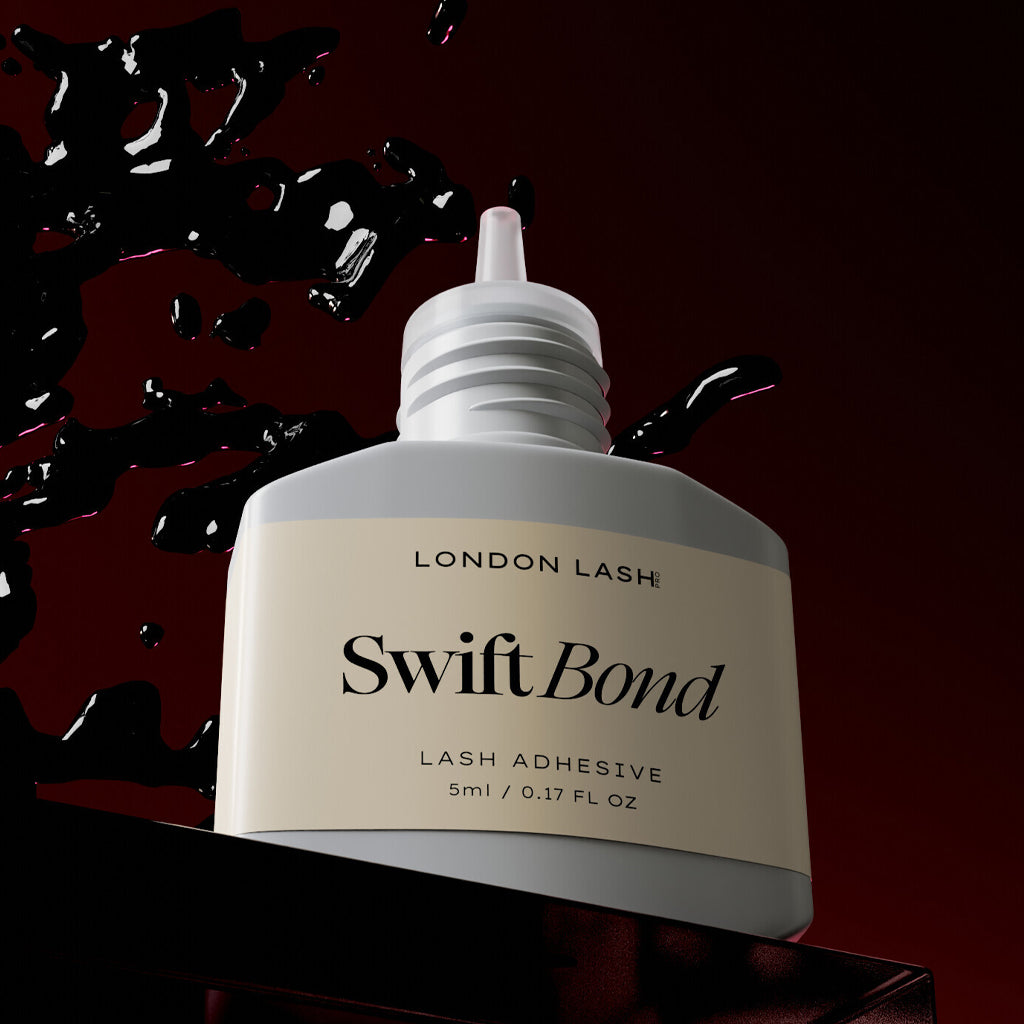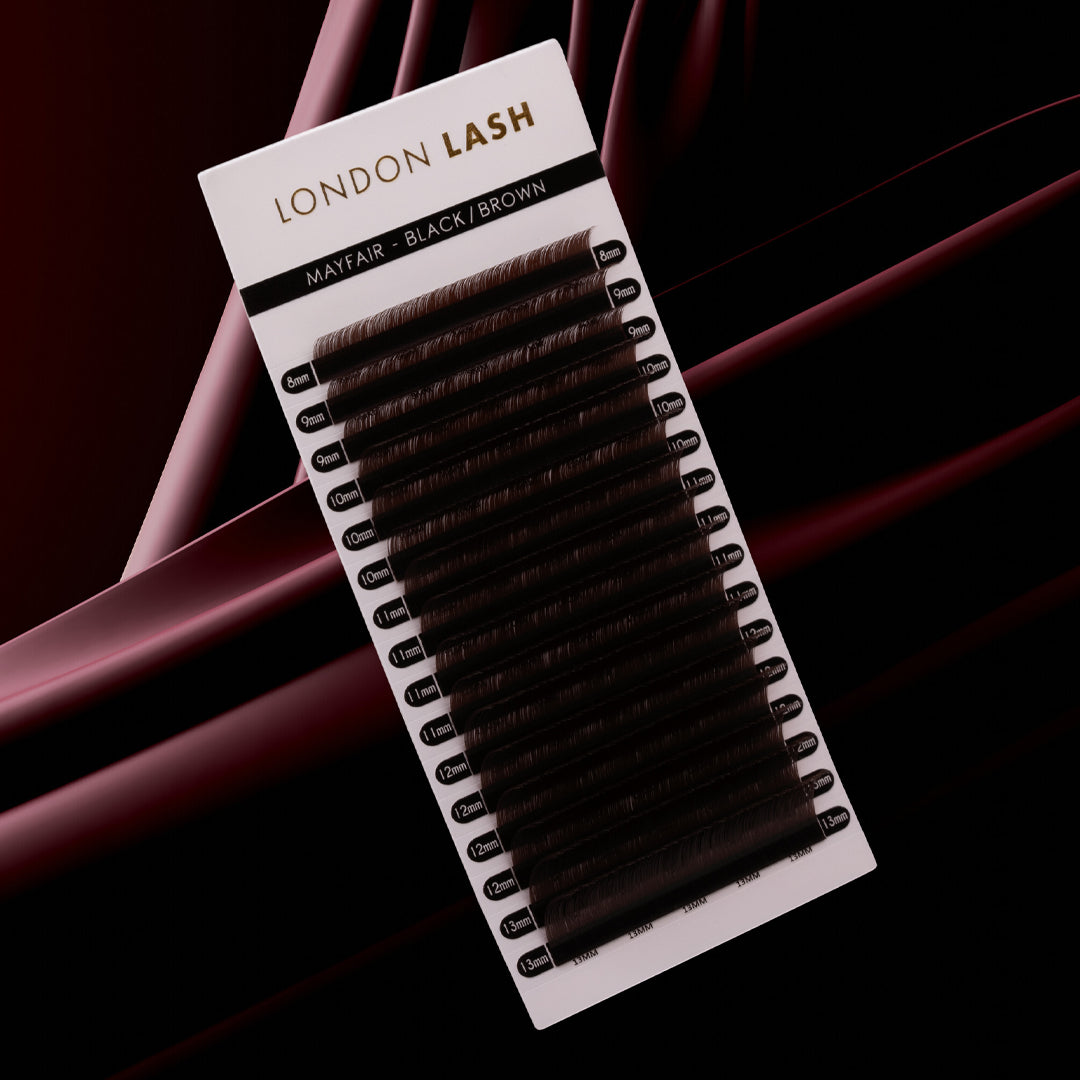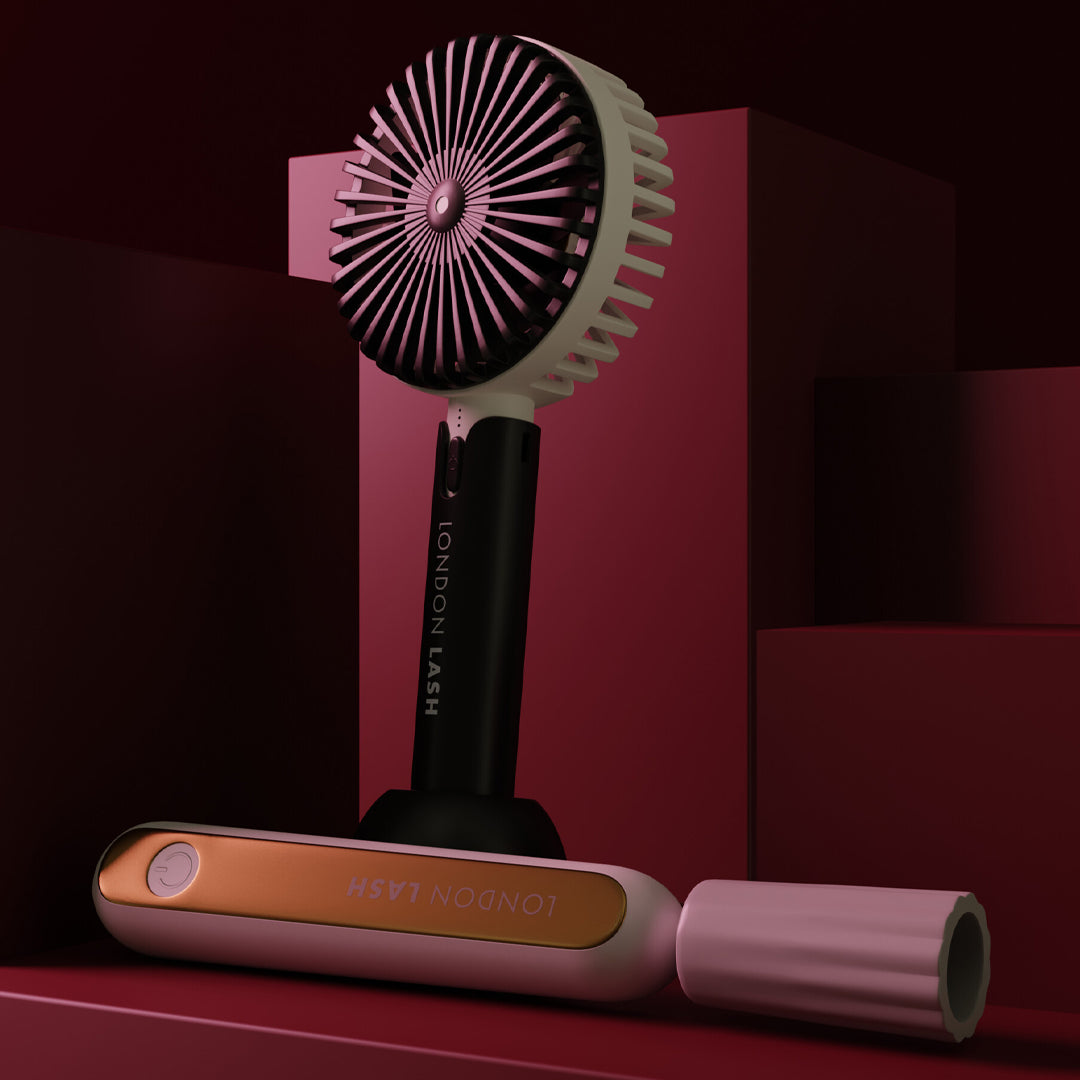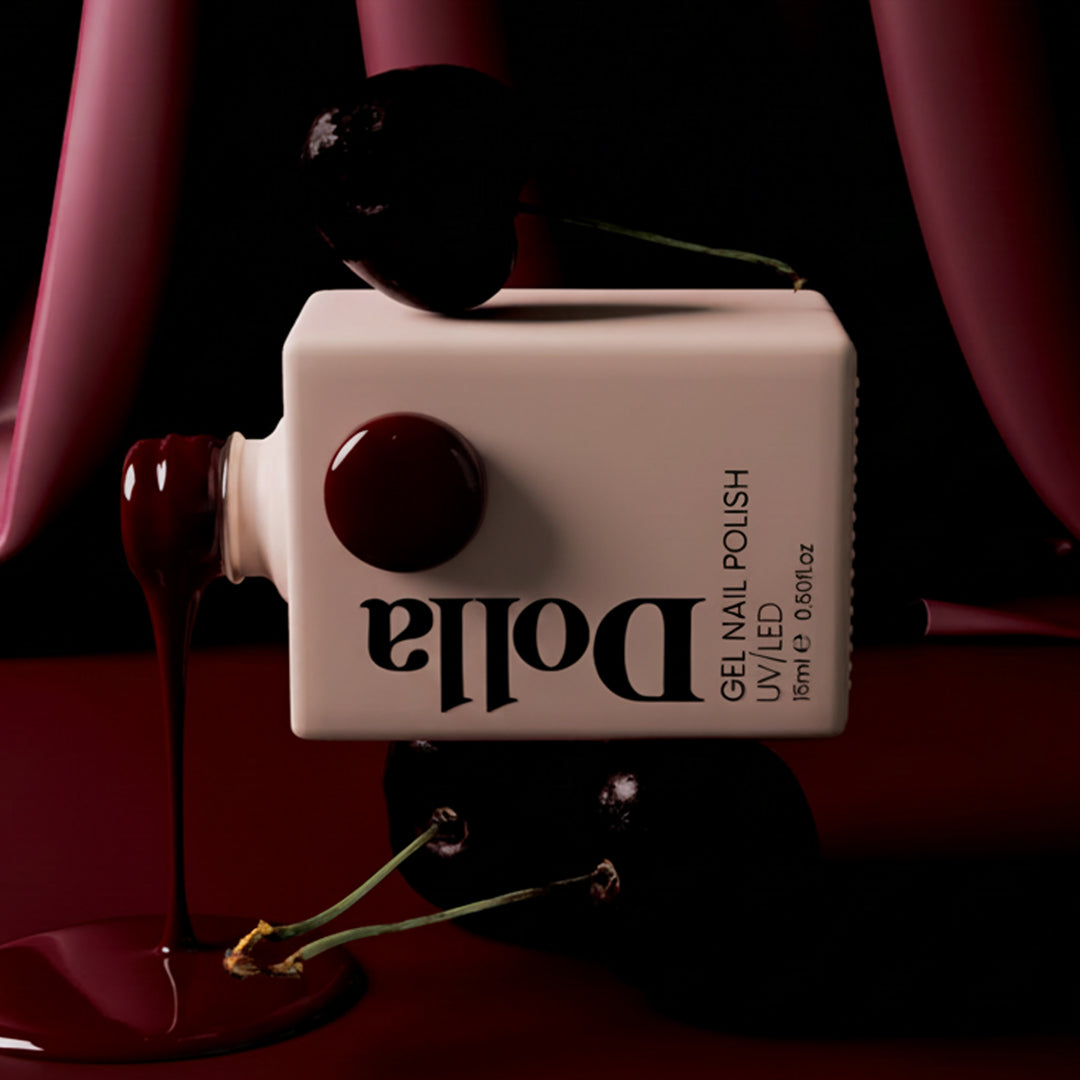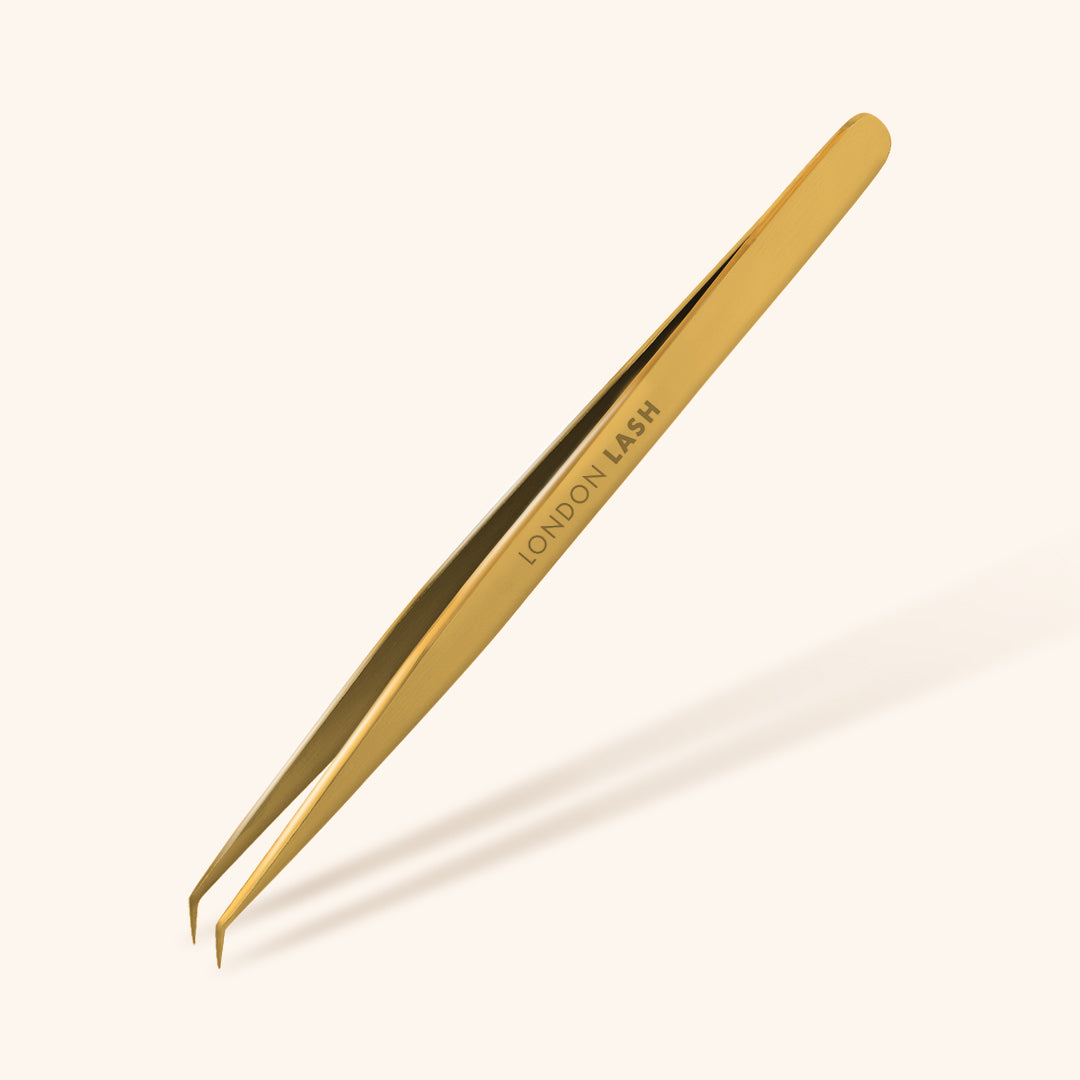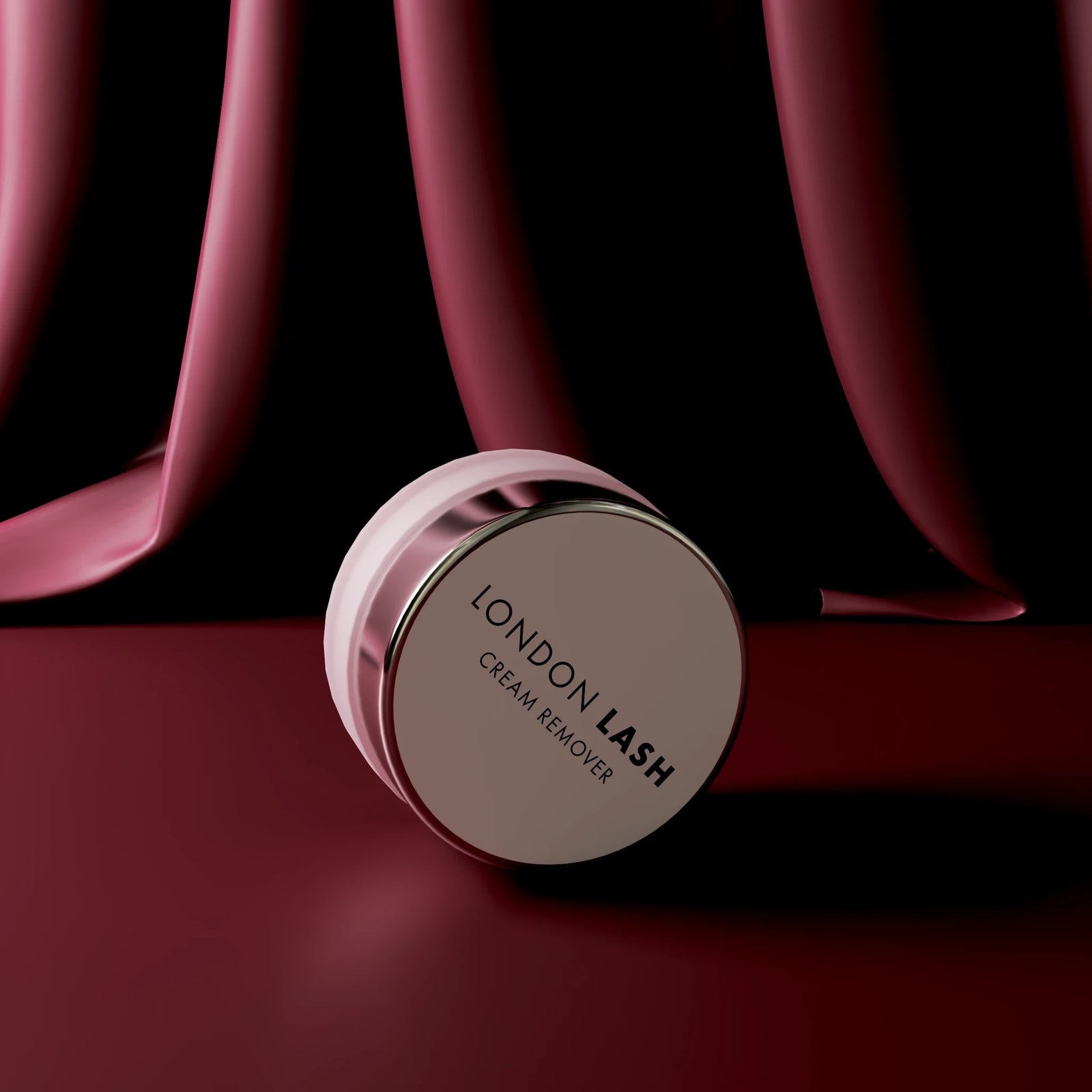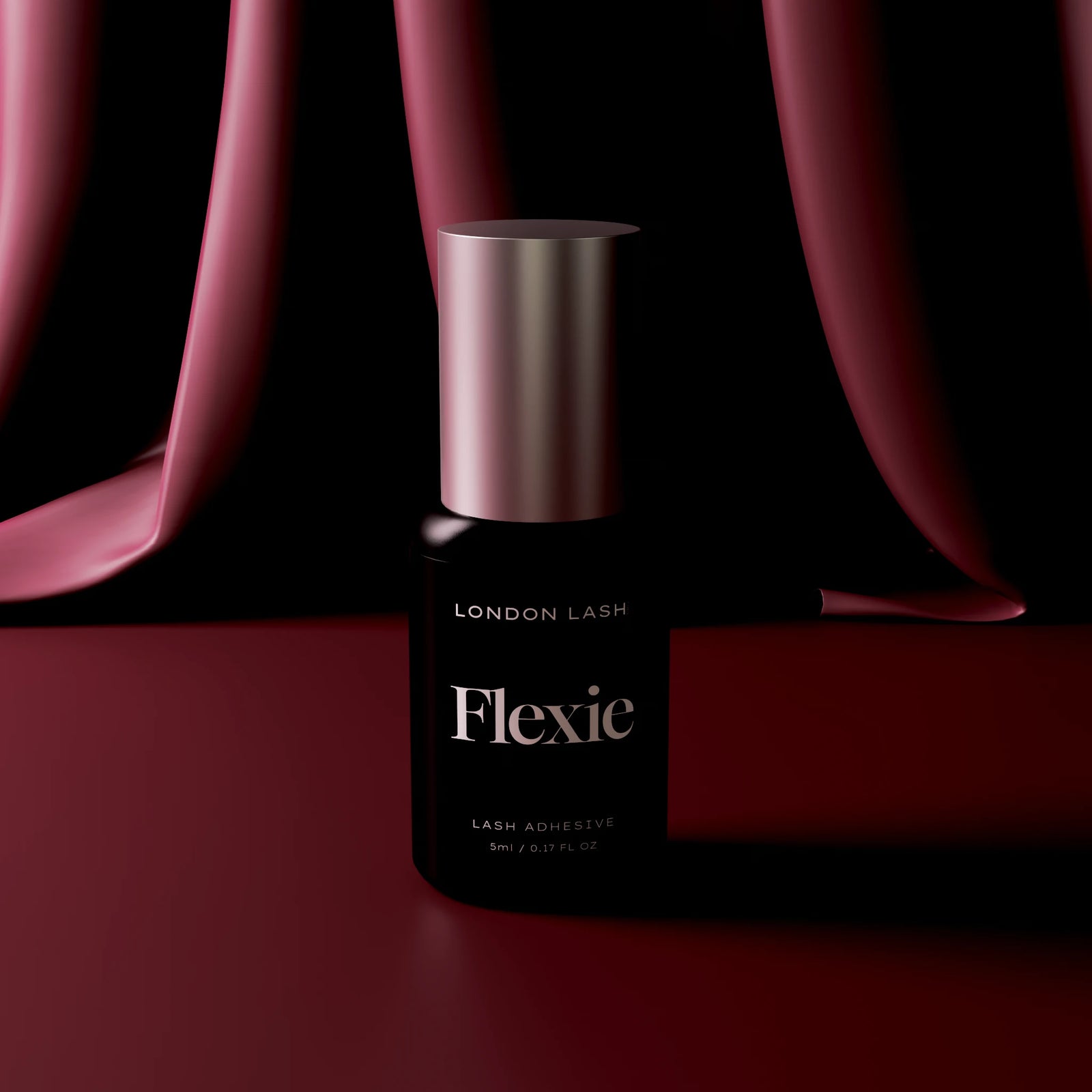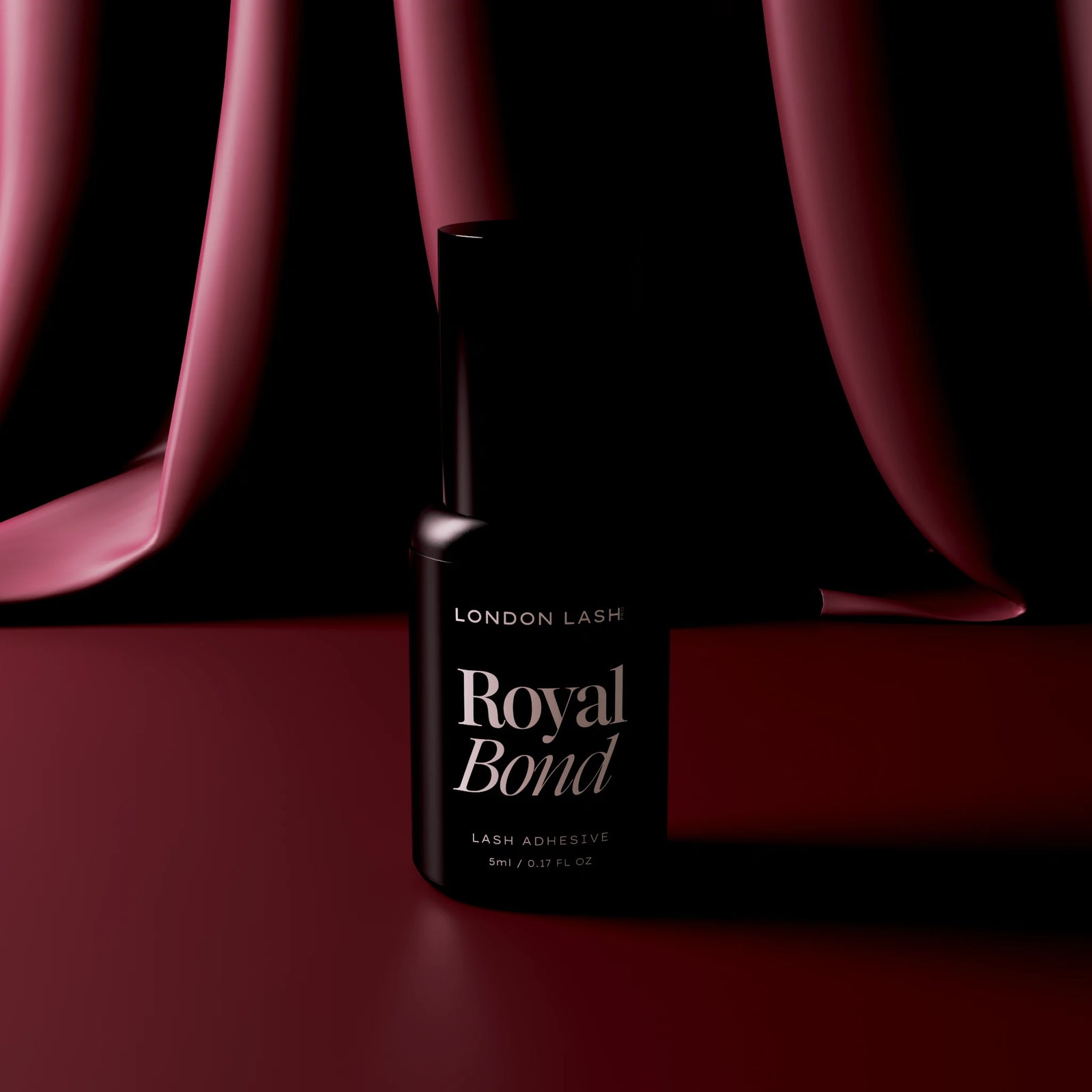New In
Glues & Liquids
Lashes
Dolla Nails Pro
Online Training
Save up to 56% off
What Are Stickies?
August 17, 2021 3 min read

Understanding Stickies in Lash Extensions: A Guide for U.S. Lash Artists
First Off, What's a Stickie?
For those unfamiliar, a "stickie" is a term used in the lash world to describe when one lash adheres to its neighbor. This typically happens due to poor isolation or the use of excessive lash adhesive. While it's common for even seasoned professionals to encounter a few stickies, it's crucial to allocate around 10 minutes post-application to identify and separate them.
Different Types of Stickies
The first kind of stickie occurs when a tiny baby lash adheres to a lash extension. This is among the most frequent and potentially harmful stickies.

The second kind involves two lash extensions sticking together, and spotting this type of stickie is relatively straightforward during your post-application review. Separating them is also easy: just hold one lash with your isolation tweezers and gently detach the other using your lash extension tweezers.

The third and final kind is when two natural lashes stick to each other. This usually happens after attaching an extension to a natural lash and then removing it due to improper placement or excess adhesive. The natural lash, still coated in lash gle, can then stick to a neighboring lash when you’re re-isolating other lashes. These are particularly tricky to spot, so stay vigilant!

Why Stickies Are a No-No
Stickies aren't just a minor inconvenience; they can be detrimental to natural lashes. But why are they so harmful?
Lashes, like humans, have various growth phases. Baby lashes grow faster than mature lashes in their "resting phase." If a young lash sticks to a mature one, its growth can potentially uproot the resting lash, causing permanent follicle damage. In the best-case scenario, this results in a looped lash that pushes the extension in an unattractive direction.

Remember, the goal is to achieve a lush, full set of lashes, not something resembling spider legs! Beyond the physical damage to lashes, and the pain it can cause to your clients, stickies can actually tarnish the reputation of a Lash Tech or the lash industry as a whole. We've all heard horror stories like "lash extensions ruined my natural lashes." Well, in reality, with proper application and no stickies, lash extensions shouldn't harm natural lashes at all.
Ways to Prevent Stickies
The primary defense against stickies is proper lash isolation. However, even with utmost care, stickies can occasionally appear. Hence, always inspect your work after you've finished applying all of the lash extensions.
Use the right amount of adhesive – a minuscule bead, not a large drop. Slow-drying adhesives can also lead to stickies.
There are several techniques to minimize stickies. The "lash by lash" method involves applying one lash and then immediately the one next to it. This method can be tricky since if the first lash hasn't dried completely, the next application can lead to stickies. Therefore, this technique is best suited for experienced Lash Technicians using fast-drying adhesives.
A safer approach is the "skip and apply" method. Here, after applying one lash, you skip several natural lashes before applying the next extension. This gives the adhesive ample time to dry. It's also helpful to alternate between both eyes, allowing even more drying time..
Inspecting Your Lash Work for Stickies
Believe it or not, reviewing your work for stickies is as vital as any other step in the lash application process! Always reserve about 10 minutes post-treatment for this crucial step. Begin by examining each lash from base to tip with your tweezers, ensuring no two baby lashes are stuck together. Next, inspect the lash layers, as the natural lashes grow in multiple rows. Chances are, you'll find at least one sneaky stickie hiding between the layers!

While the allure of delivering stunning results to clients is undeniable, it's equally crucial to ensure the health and safety of their natural lashes. Stickies, though seemingly minor, can have lasting repercussions on lash health and the reputation of a Lash artist. By understanding the types of stickies, their potential harm, and the techniques to prevent and spot them, you can elevate your craft to new heights!
Check out these featured products
Subscribe
Sign up to get the latest on sales, new releases and more …
